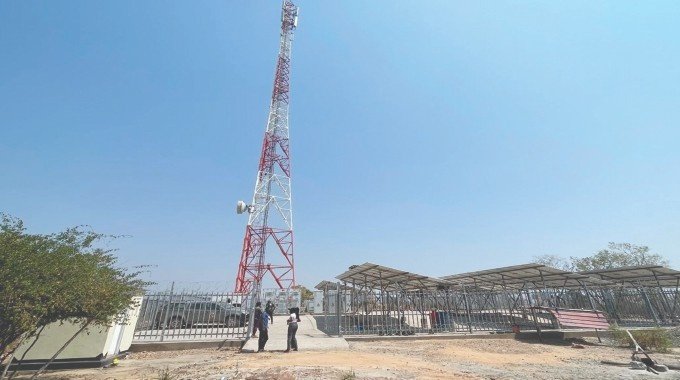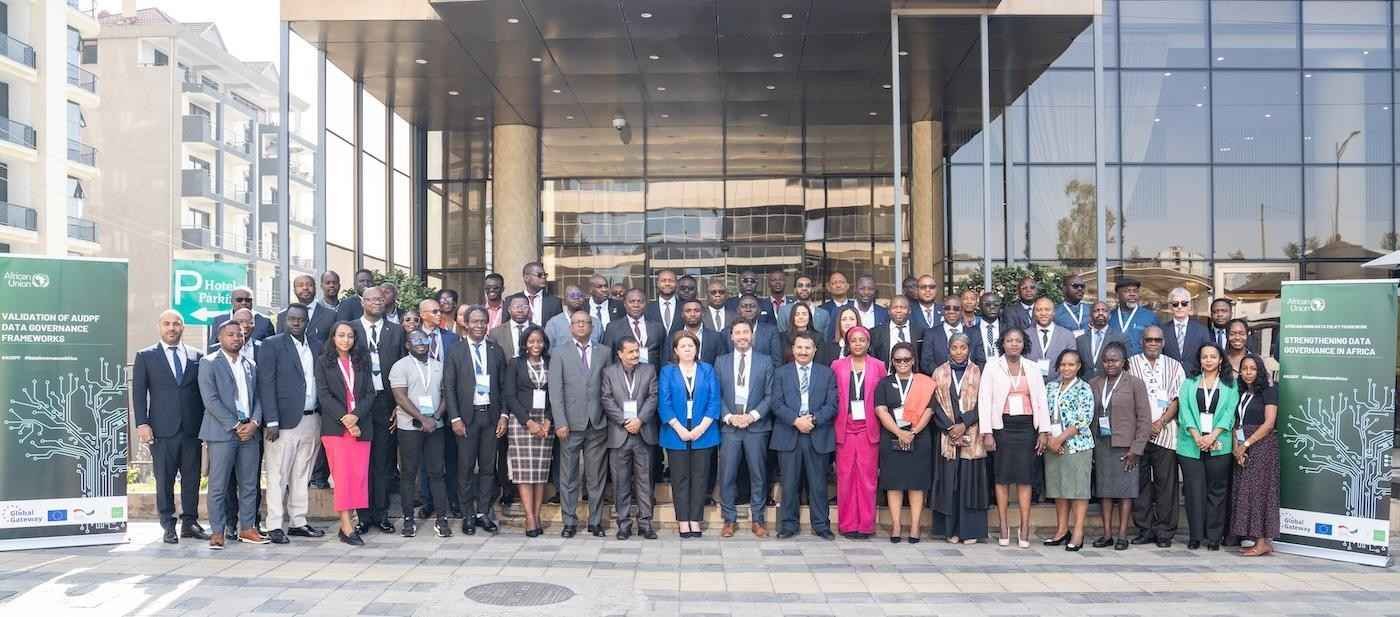Zimbabwe has achieved a major milestone in digital connectivity, surpassing 100% mobile penetration and reaching over 80% internet usage, according to the Postal and Telecommunications Regulatory Authority of Zimbabwe (Potraz). The update was shared by Potraz Telecommunications Engineer David Madondo during the National Broadband Mapping Systems workshop in Victoria Falls.
Eng Madondo reported that mobile penetration reached 102.64% and internet usage 81.83% in Q2 2025—signaling a nation more connected than ever before. These figures form part of Zimbabwe’s National Broadband Plan, a key pillar of Vision 2030, which aims to achieve universal broadband coverage and inclusive, affordable digital access for all citizens.
The plan’s two core goals include ensuring broadband availability in all areas where people live, work, and learn, and guaranteeing inclusivity through affordable, high-quality broadband for individuals, businesses, and government institutions.
A major initiative supporting these goals is the creation of a comprehensive broadband mapping system using Geographic Information Systems (GIS). Potraz is collaborating with operators like NetOne and Econet Wireless to map base stations, fibre routes, and 2G–5G coverage zones. This mapping enables precise identification of unserved areas, guiding targeted investment to close connectivity gaps.
Potraz is also enhancing consumer empowerment through its DQoS Mobile App, which allows users to view coverage maps, compare network performance, and file service complaints. Operators face penalties under the Quality of Service Regulations if they fail to meet performance benchmarks.
Eng Madondo revealed ongoing collaboration with the International Telecommunication Union (ITU) to develop a public-facing version of the broadband map integrated with other infrastructure sectors such as energy and transport. This harmonized approach, he noted, will help streamline national planning and infrastructure sharing.
With continued innovation, data-driven planning, and regulatory oversight, Zimbabwe is on course to achieve full digital inclusion—transforming connectivity into a cornerstone of economic growth and social development under the National Development Strategy (NDS1).















